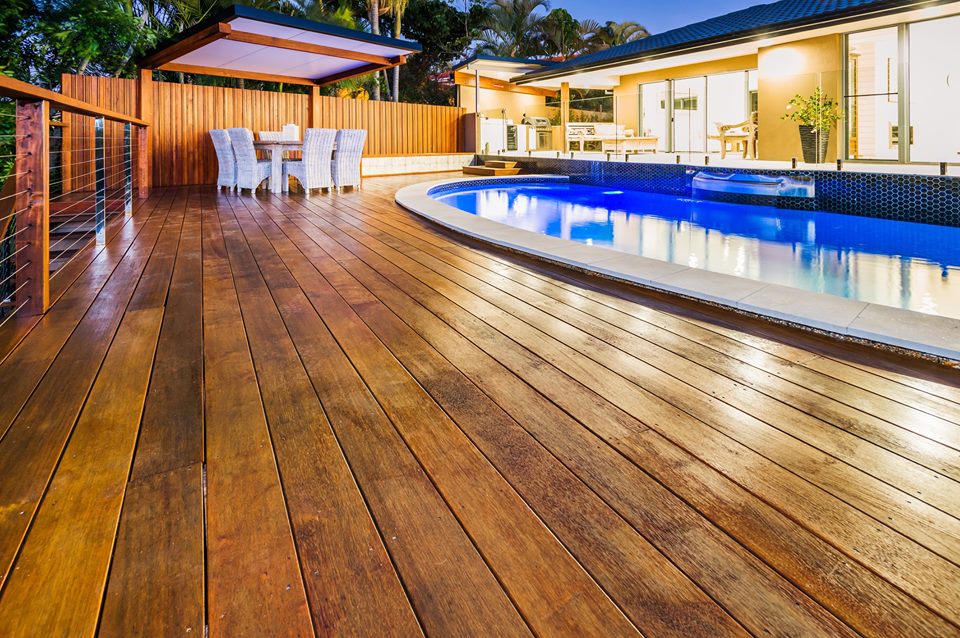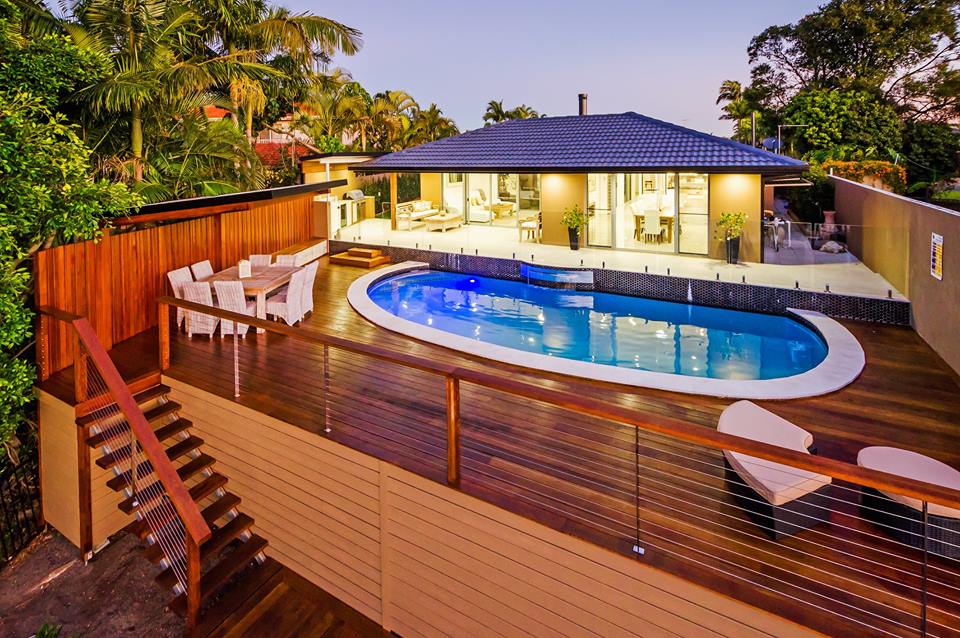

Choosing deck materials to use for your deck can be a painstaking, laborious process. But just because it can be that way doesn’t mean it has to be that way. In the process of putting your woodworking skills to the test and constructing that plank and slab beauty of your dreams, there are certain practices and materials you can take advantage of. On your quest to achieving that perfect deck, we’re right there with you and can offer up plenty of helpful woodworking tips on the subject. So, first off:
Decking Materials 101
As stated before, navigating all of the options at your disposal for materials in pool decking can be quite overwhelming if you’re not adequately prepared for the job. Aside from checking out what’s available over at Scally Projects, there are a few other useful and interesting different materials that you have at your disposal. These materials include cedar, redwood, and pressure-treated pine, as well as a bevy of other alternatives for composite decking that offer just as much bang for your buck.
Pressure Treated
Of all the decking materials, southern pine or fir is naturally treated with chemicals to repel insects and water, and is also the most common, as well as least expensive type of decking out there on the market. Keep in mind, though, that pressure treated wood does require yearly washing, sanding, and sealing when it’s finished with a clear sealant. However, these decks do in fact last up to 30 years if you make sure to keep them up properly. They can be gotten on the cheap, too, if you buy from the right place. They average right around $3.35 per square foot, and that’s uninstalled.
Naturally Durable
Tropical hardwoods like ipe, ironwood, and balau are pretty beautiful. They’re dense, as well as long lasting, but of course you get what you pay for; these types of decking can be on the expensive side. Here are a few of the advantages and disadvantages of using naturally durable wood choices for your particular deck. In terms of advantages, this type of deck repels bugs, it resists decay, prevents the spread of fire, and also happens to last 20-30 years as long as you do all necessary upkeep with yearly washing and regular sealing. As far as disadvantages go, these woods are considered to be soft and more prone to denting and marring than other wood types. Also, you’ll be paying about two to five times what you would’ve spent on pressure treated lumber, but again, the pricing difference of course correlates with level of quality. These will set you back right around $6.50 per square foot, uninstalled.
Composite Decking
These are made primarily with recycled materials such as plastic sacks and wood paste. They require minimal maintenance, don’t need to be painted or sanded whatsoever, and are for the most part fairly weather-resistant. They also come in a variety of styles and colors, so you can customize to your heart’s content. Some composite deck materials can actually be fairly slippery, as well as prone to mildew, so be on the lookout for that when purchasing this type of decking for your yard. Also, they might require special fasteners. So there’s that. These will tend to cost, on average, about $11.28 to $45.50 a square foot, and once again that’s uninstalled.
Synthetic Lumber
If you’re actually looking for a deck that’s going to last you a lifetime without any of that pesky staining or sealing, you’re going to want to go with synthetic lumber for sure. This type of decking is made from materials like polystyrene, vinyl, or even polyvinyl chloride, also known as PVC. Synthetic lumber includes quite a few options for some slip-resistant designs, and it has smart drainage systems so that that little area underneath your deck is going to stay dry no matter what it’s looking like outside. In terms of price, these will set you back about $7.50 per square foot, so definitely on the cheaper side.
Aluminum Decking
For a crazily low maintenance deck, you’re going to want to go with aluminum. The only thing to keep in mind is that this obviously won’t look at all like wood, but it can in fact be interlocked to prevent rain from dripping through, and is an interesting choice for those who want to stand out. At a price range between $8.98 and $12.98, you’re looking at one of the cheaper options out there.
No matter your price range or any personal preferences, you can see there are plenty of decks out there for you to choose from. Happy decking!


Leave Your Comments